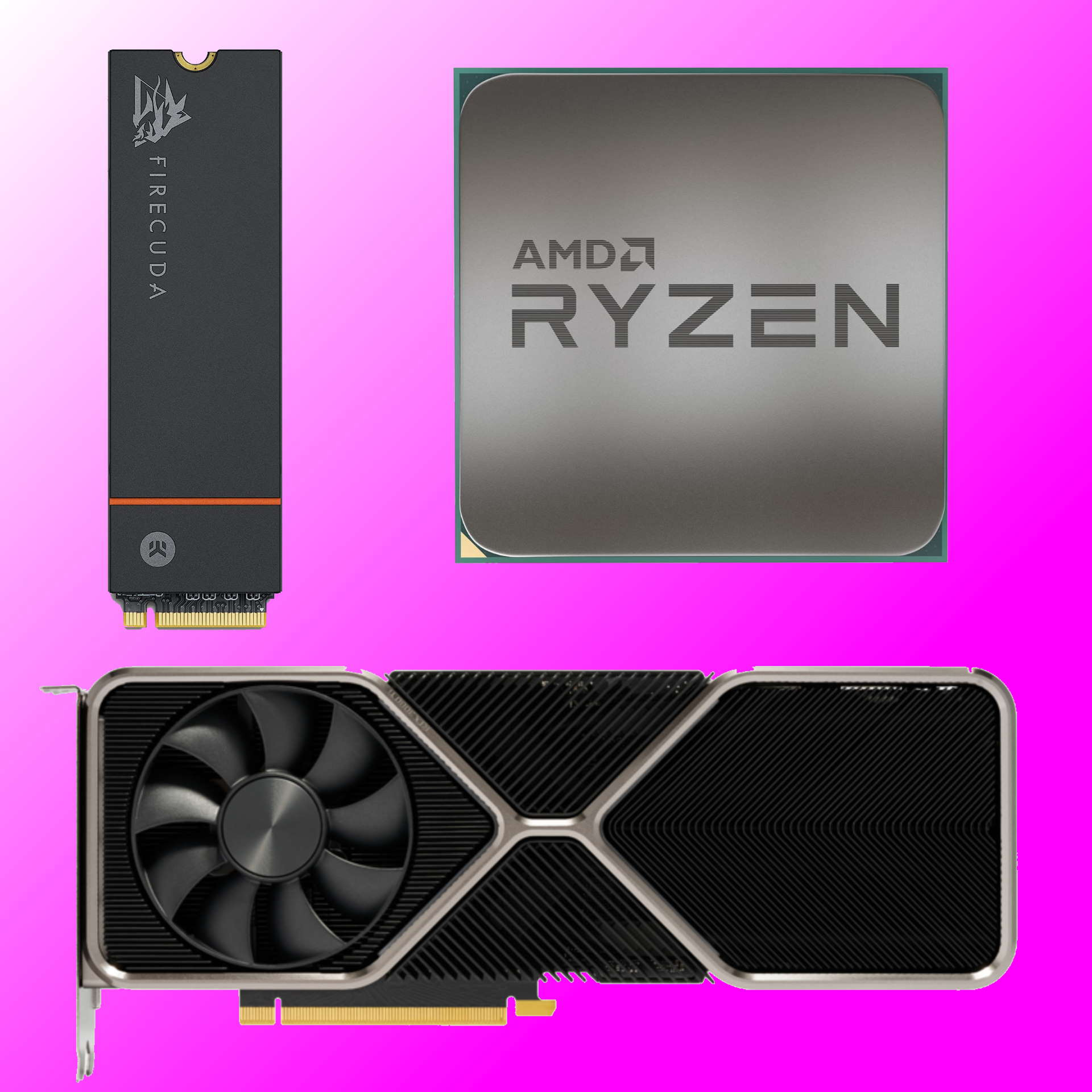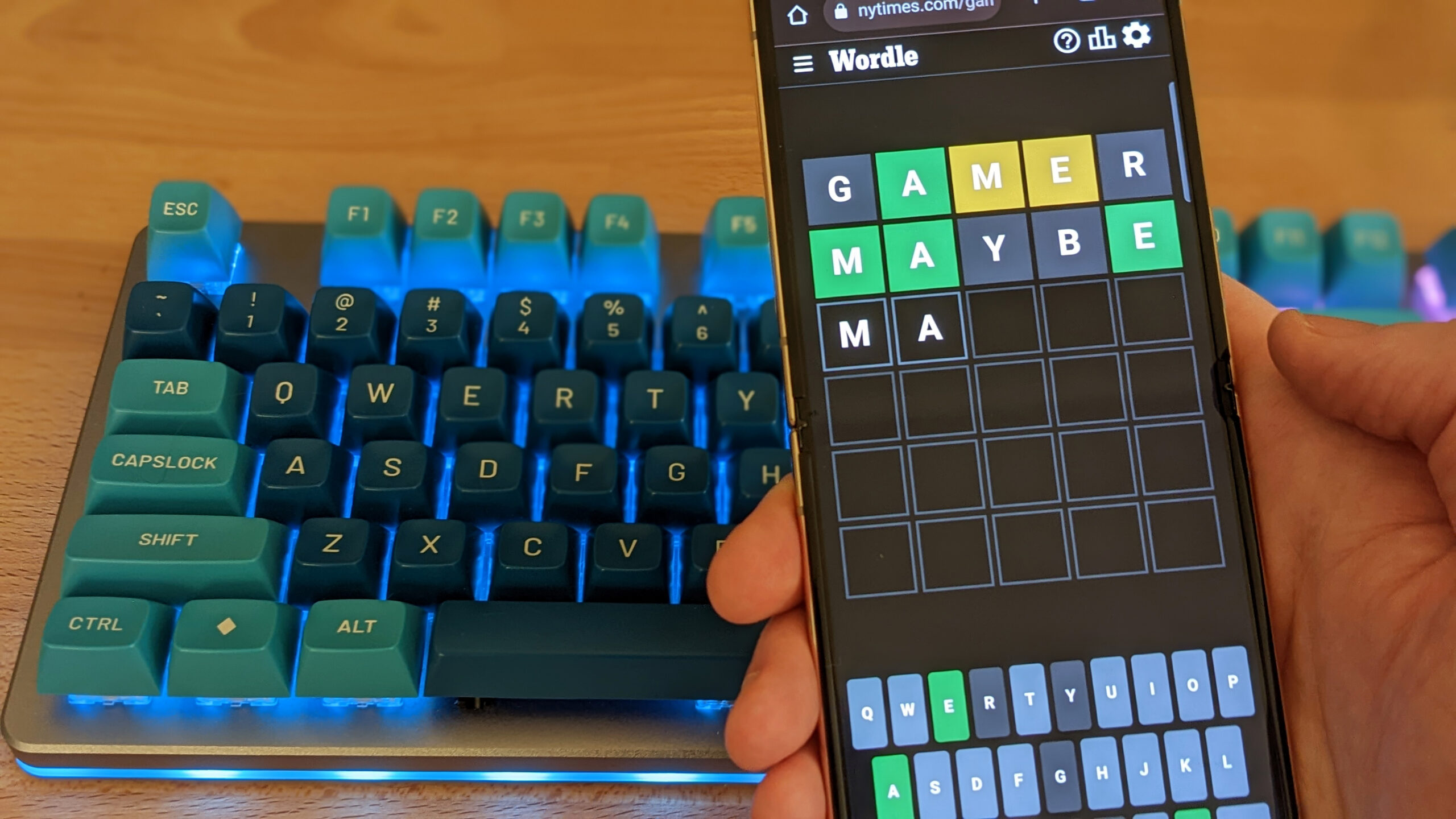What with overheating issues and the reality that raw bandwidth only gets you so far, suffice to say that the latest generation of PCIe Gen 5 SSDs haven’t exactly blown our socks off. So what to make of news that SSD controller specialist SiliconMotion is already deep into development with its Gen 6 technology?
In a post on China Flash Market (via Tom’s Hardware) SiliconMotion head honcho Wallace C. Kou revealed that the company’s first PCIe Gen 6 controller chip, dubbed SM8466, is “in the development stage.”
Kou didn’t provide any specifications, though he did say that the chip was being fabricated on 4 nm silicon. That’s likely TSMC N4 and a clear advance over the N6 node used by SiliconMotion’s current most advanced controllers.
That’s significant because one of the defining features of the initial crop of PCIe Gen 5 SSDs was excess power consumption and overheating, arguably in part due to using an outdated silicon node.
Admittedly, that was the Phison E26 chip built on elderly 12 nm silicon. SiliconMotion’s own Gen 5 controller, the SM2508 was actually delayed to enable a jump to the 6nm node and hopefully sidestep those issues.
Thus, it stands to reason that if 6 nm is required to gen Gen 5 working nicely, 4 nm would be a good idea for the even more demanding Gen 6 protocol.
Speaking of which, PCIe Gen 6 theoretically doubles bandwidth from Gen 5. That means a peak bandwidth for a quad-lane drive of 32 GB/s, up from 16 GB/s for Gen 5.
Of course, in practice there are various limitations. For starters there are protocol overheads that limit the effective data rate. Then there are hardware limitations in the form of the NAND and controller chips. Even redrivers for signal integrity.
That SiliconMotion SM2508 controller, for instance, peaks at 14.5 GB/s and 14 GB/s sequential read and write, not the full 16 GB/s. Safe to say, then, that the new SM8466 won’t hit 32 GB/s.
More to the point, it’s very unlikely that there will be any NAND flash chips that can enable anything like the full 32 GB/s when the first Gen 6 drives arrive. The other issue is that peak bandwidth isn’t the whole story.
Latency and 4K random access is very important, too. The SM2508 is rated at 2.5M IOPS in both directions and it will be very interesting to see how much of an advance the new Gen 6 chip is.
Ultimately, latency isn’t something that NAND flash technology does terribly well, especially compared to, say, RAM. Intel’s 3D XPoint, otherwise known as Optane, was much better in that regard but failed to take off and has now been canned.
All of which means that we’re not necessarily super excited about the prospect of Gen 6 drives. They’ll be faster in terms of peak bandwidth, for sure. But will they make our PCs feel faster or our games load quicker? All that is much more doubtful.
Anywho, given the new Gen 6 controller is still in development and we’ve yet to actually get our hands on an SSD with SiliconMotion’s Gen 5 chip, fair say it’ll be a while yet before we get anywhere near being able to buy a Gen 6 drive powered by SiliconMotion.

Best CPU for gaming: Top chips from Intel and AMD.
Best gaming motherboard: The right boards.
Best graphics card: Your perfect pixel-pusher awaits.
Best SSD for gaming: Get into the game first.











